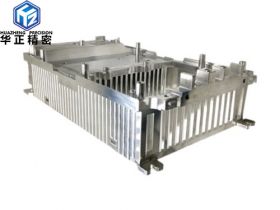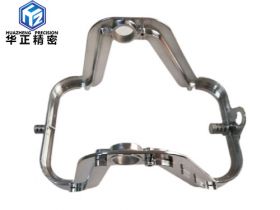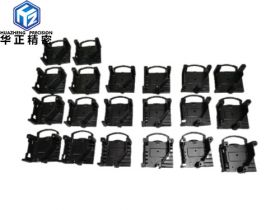News
Recommended Products
Contact Us
Contact Person: Cindy Zhu
TEL:+86 13418453374
Analysis of Influence of Machining Allowance on Part Accuracy
The influence of the machining allowance on the machining accuracy, and the cutting heat will inevitably be generated during the machining of hardware parts. Part of this cutting heat is taken away by iron filings and cutting fluid, part is transferred to the tool, and part is transferred to the workpiece, which increases the temperature of the part. Temperature has a lot to do with machining allowance. When the machining allowance is large, the roughing time must be longer, and the cutting amount will increase appropriately, resulting in an increase in cutting heat and part temperature. The hazard of part temperature rise is that the part will deform, especially for materials that are sensitive to temperature changes (such as stainless steel). Moreover, this thermal deformation runs through the entire processing process, which increases the difficulty of processing and affects product quality.
For example, when processing the slender shaft of screw parts, the degree of freedom in the length direction is limited due to the processing method of one clamp and one top. At this time, if the temperature of the workpiece is too high, thermal expansion will occur. When the extension in the length direction is blocked, the workpiece will inevitably bend and deform under the influence of stress, which brings great trouble to the later processing. If machining is continued at this point, the protrusions will be machined until the finished product is complete. After cooling to room temperature, the parts will deform in reverse under the action of stress, resulting in shape and position errors and affecting the quality. After the diameter is enlarged in the direction, the enlarged part will be cut off, and the cylindricity and dimensional errors will occur after the workpiece is cooled. During precision thread grinding, thermal deformation of the workpiece can also cause pitch errors.
If the machining allowance is too small, it will affect the machining accuracy, and the machining allowance of the parts should not be too large or too small. If the machining allowance is too small, it cannot be eliminated. Except for the geometric tolerances and surface defects left by the previous process that affect the quality of the product. In order to ensure the machining quality of the parts, the small machining allowance left in each process should meet the basic requirements of the small machining allowance in the previous process. The components of the minimum inner hole machining allowance for some parts. The parts showing the inner hole to be machined have a position error N, a cylindricity error P (such as taper, ellipse, etc.) and a surface roughness of the inner hole if the axis O1-O1 deviates from the reference axis O-O in the previous process Error H, then in order to remove the geometric tolerance before boring, the unilateral small machining allowance in the boring process should include the values of the above errors and defects.
For different parts and different processes, the values and manifestations of the above errors are also different. Process allowances should be treated differently. For example, the slender shaft is easy to bend and deform, and the linear error of the bus bar has exceeded the tolerance range of diameter and size, so the processing allowance should be appropriately enlarged; for the process of positioning and processing the machined surface itself using tools such as floating reamer, you can Ignoring the influence of the installation error E, the machining allowance is reduced accordingly; for some finishing processes mainly used to reduce the surface roughness, the size of the technological machining allowance is only related to the surface roughness h.
Prev: What is the difference between aluminum housing processing and die casting processing?
Next: Precision non-standard precision non-standard parts processing process
Back















